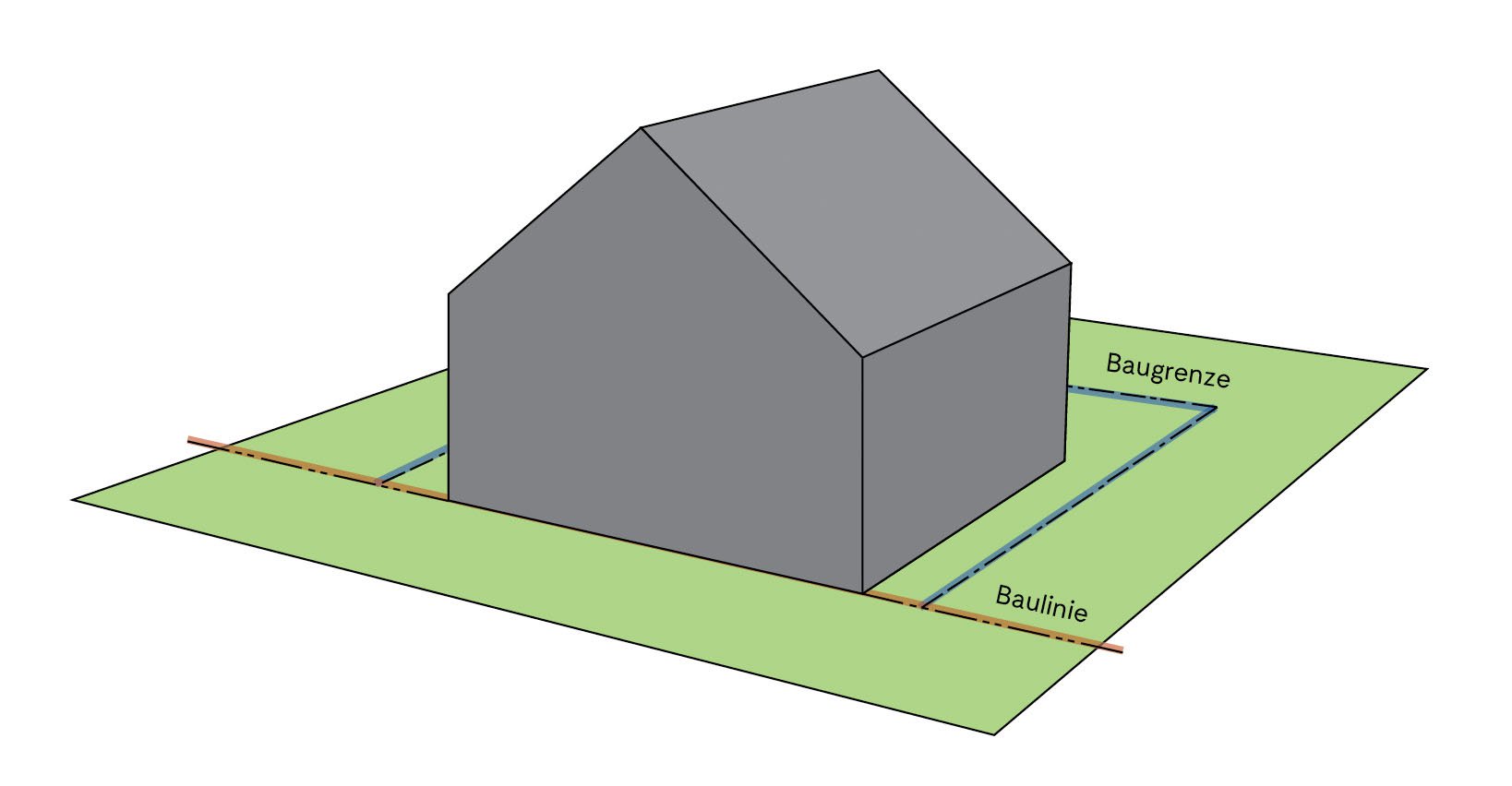Accessibility is a complex issue – private house builders and construction companies, architects and planners as well as lawyers and financial advisors all agree on this. Legal requirements and legal provisions form the basis for the structural implementation , but homeowners have to take a few things into account on both levels. In order to fight your way through the pile of legal texts and the confusing jungle of paragraphs, a few tips on where to start your search are helpful. In this article, we want to give you some pointers to building law.
the essentials in brief
- In Germany, the entire building law and thus also the legal basis for “barrier-free building” are essentially a matter for the federal states.
- The combination of energetic renovations and low-barrier conversion measures saves time, nerves and costs and relieves the environment.
- If it is not your own house or apartment, a written agreement on financial aspects, construction times, ownership structures and regulations on maintenance and dismantling obligations should be made before the conversion measures are carried out.
From the UN to the state
General provisions on the subject of accessibility can be found in many different legal matters, for example in social law or building law as part of public law. The basis of many legal bases on the subject of accessibility is the UN Convention on the Rights of Persons with Disabilities, which was adopted by the UN in 2006 and ratified by Germany in 2009.
Article 9 of the UN Convention
Article 9 (Accessibility) of the UN Convention on the Rights of Persons with Disabilities calls for comprehensive accessibility: “… to promote, protect and ensure the full and equal enjoyment of all human rights and fundamental freedoms by all persons with disabilities. ..” (Article 1 of the Convention on the Rights of Persons with Disabilities).
At the federal level, the definition of accessibility can be traced back to the Disability Equality Act (Disability Equality Act – BGG, 2002).
Disability Equality Act
Accessibility is described in Section 4 of the Disability Equality Act – BGG: “Structural and other facilities, means of transport, technical items, information processing systems, acoustic and visual information sources and communication facilities as well as other designed areas of life are barrier-free if they are accessible to disabled people in the usual way , are accessible and usable without any particular difficulty and in principle without outside help.”
This represents the starting point for the state equality laws, which differ in detail depending on the federal state.
Building law – basics with direct reference to planning and building
The legal foundations of barrier-free building, like the entire building law in Germany, are the responsibility of the federal states. The basis for the development of the respective state building regulations is the Model Building Code – MBO (2002) developed by the Conference of Building Ministers.
model building code
In the Model Building Code 2002, §2 Definitions (9), the concept of accessibility was enshrined: “Structural facilities are barrier-free if they can be accessed and used by people with disabilities in the usual way, without particular difficulties and basically without outside help. “
However, the paragraphs on the subject of accessibility differ considerably in the individual federal states. This applies above all to the areas of application and the statements on the disproportionate additional effort and the permitted deviations associated with this.
Disproportionate additional effort
The amount of the disproportionate additional effort in relation to the total costs of a construction measure is not uniformly determined. For example, in Berlin it is considered disproportionate additional expense if the required additional costs exceed 20% of the total costs of the construction project.
Detailed specifications for the barrier-free design of apartments can be found in DIN 18040 Part 2: Barrier-free construction for apartments. The aim of this set of rules is to enable almost all people to use it in the usual way without any particular difficulty and, in principle, without outside help. Everyone – regardless of whether they are physically handicapped, old or sick, but also families with children or people with luggage – should be able to lead a self-determined life. The specific application of this building standard is regulated in the technical building regulations of the federal states.
Two birds with one stone – energy renovation and age-appropriate conversions
But what do all these rules and regulations actually have to do with your private building project? Is it really necessary to design your house exactly according to these specifications right from the start? In particular, many older houses and apartments do not meet the accessibility requirements defined in the relevant standards and legal requirements. However, since modernization and renovation work is necessary in every house sooner or later, this is an opportunity to plan barrier-free conversions at the same time. This applies in particular to energy-related refurbishments. If the building entrance is widened at the same time as the facade insulation and the use of thermal insulation windows and if attention is paid to the appropriate operating elements when replacing windows, this brings double the benefits. A combination of measures also avoids setting up a construction site twice, thus protecting the environment and not only saving time and nerves, but also costs. Since a large number of complex framework conditions and possible solutions have to be taken into account for such a conversion, it is worth consulting an expert in advance and discussing the desired or necessary measures together on site.
Tenant or landlord – who decides, who is responsible, who pays?
If it is not your own house, you must first decide whether the modernization should be planned and carried out by the owner or the tenant. It is advisable to clarify all legal approval issues in advance and to conclude a written agreement between the tenant and the landlord. In it you should record financial aspects as well as construction times, ownership structures, maintenance regulations and dismantling obligations. In addition to material and production costs, the latter are a frequent reason why many tenants shy away from modernization. In principle, if tenants move out, they are obliged to dismantle the modernization measures they have carried out independently. As a rule, however, measures that benefit everyone and improve the general living comfort of an apartment, such as the removal of thresholds, are allowed to remain.




